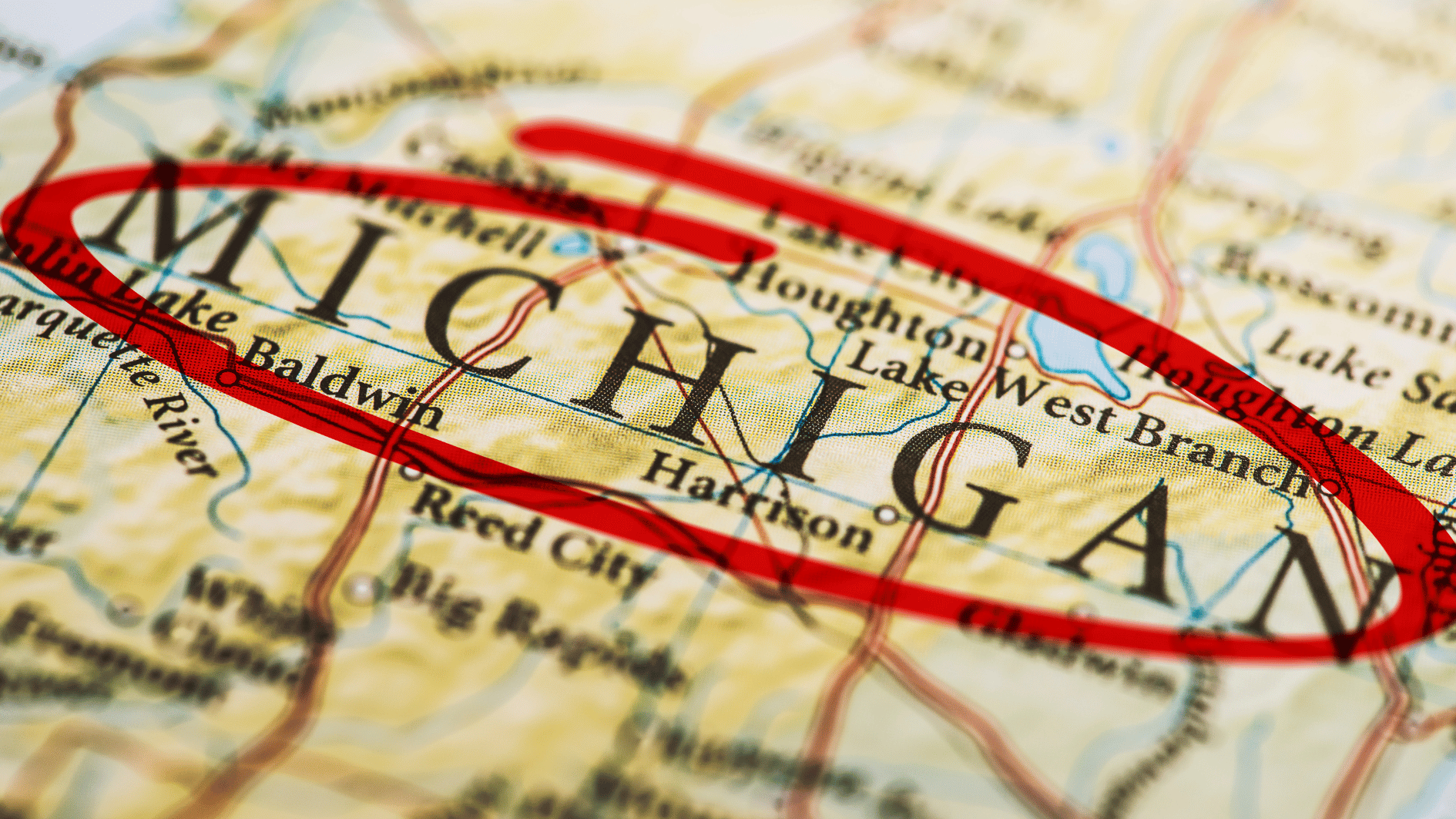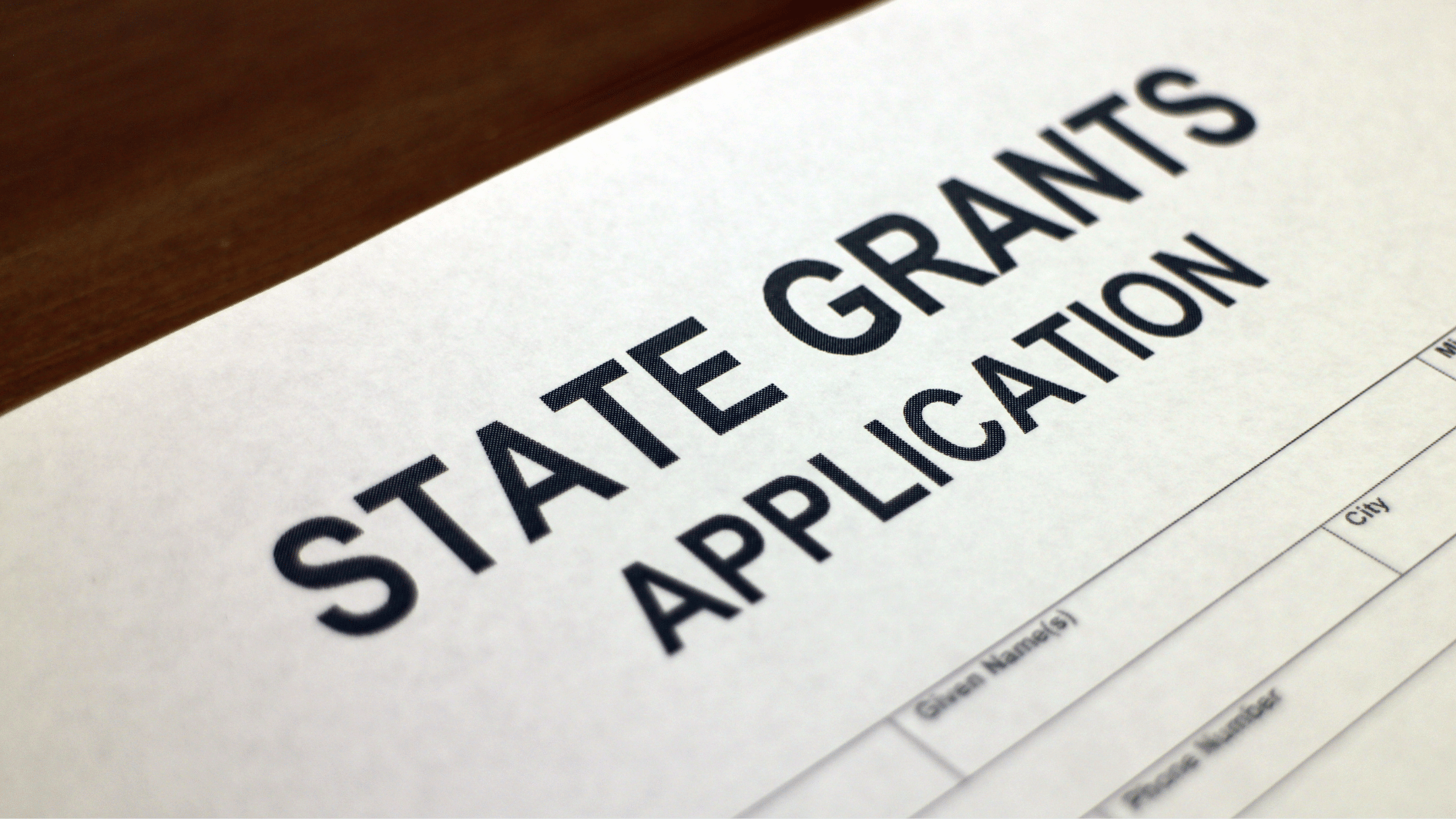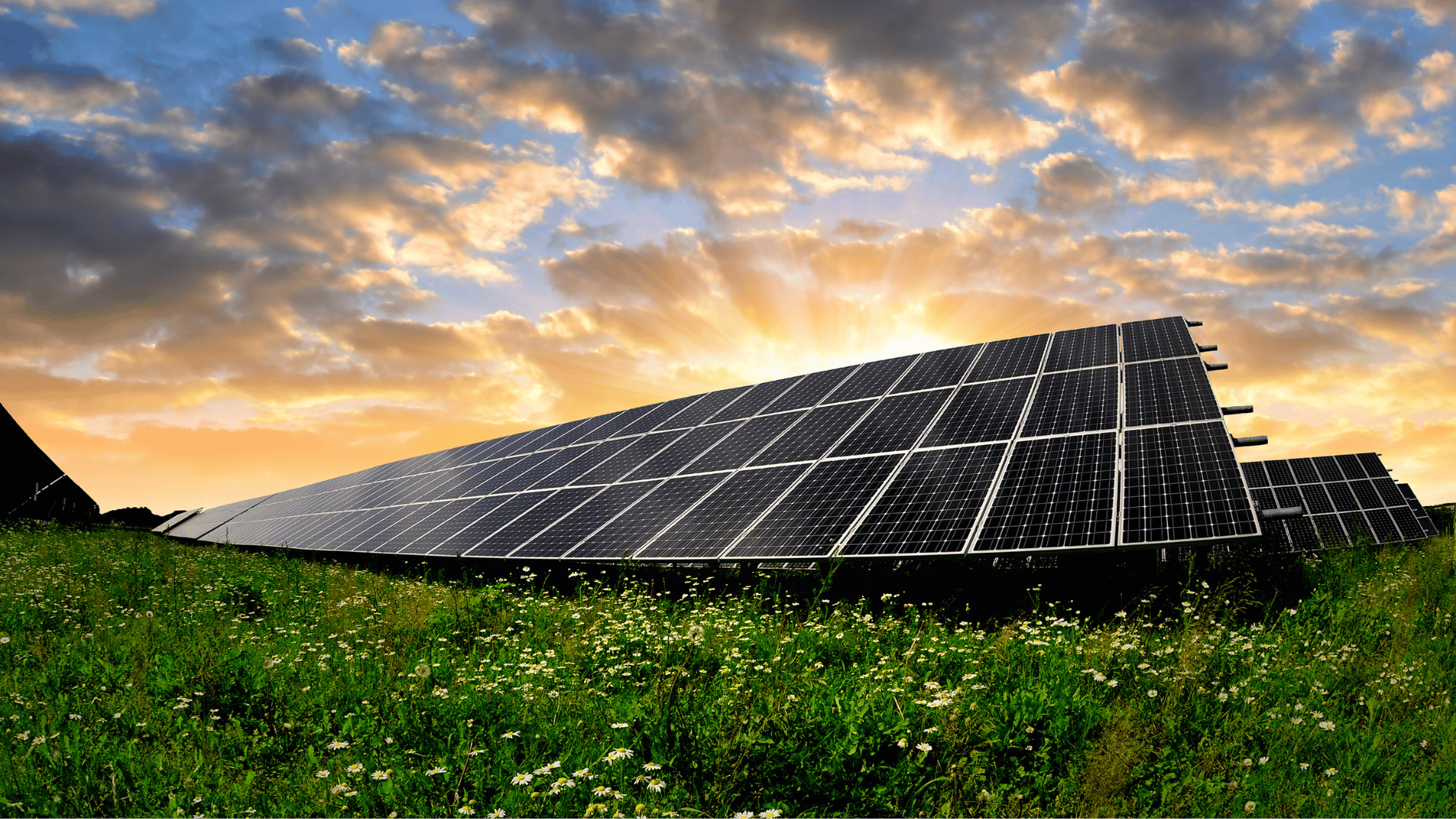Image source: Canva.com
More than a year after 5 Lakes Energy released a report identifying over $7.8 billion in federal investments available to support Michigan’s clean energy transition, the consulting firm is now assessing the state’s energy economy in the wake of multiple new laws passed under Gov. Gretchen Whitmer’s climate plan.
In November, the Democratic-led Michigan Legislature approved a comprehensive set of policies aimed at accelerating the state’s shift to 100% clean energy by 2040. These laws also increased energy waste reduction standards and streamlined the permitting process for renewable energy projects, allowing the Michigan Public Service Commission (MPSC) to greenlight large-scale initiatives that meet state requirements.
“The future of our energy sector — and a significant part of our economy — lies in clean energy,” said state Sen. Sue Shink (D-Northfield Twp.) in a statement. “This report shows that investments in clean energy are driving job growth across the U.S. energy sector, with Michigan playing a central role.”
Shink, a key sponsor of the clean energy legislative package, emphasized the broader benefits of these policies. “Our historic Clean Energy Future legislation has positioned Michigan as a national leader in the fight against climate change, reducing household utility costs, safeguarding our air and water, and creating good-paying jobs. This report proves that clean energy isn’t just an environmental win — it’s an economic one too.”
The report outlines the potential economic impacts of the new policies, particularly when combined with the federal Inflation Reduction Act. According to estimates, Michigan families will save an average of $297 a year on energy bills by 2030, with savings increasing to $713 a year by 2040, exceeding previous projections. Additionally, the state is expected to attract $15.6 billion in investments by 2030, and $30.7 billion by 2040.
In terms of emissions, Michigan is set to reduce its greenhouse gas output by at least 65% over the next six years, with an 88% reduction expected by 2040. The state is also projected to save $7.3 billion in avoided public health costs, such as reduced hospitalizations and lost work days, by 2030. This figure is expected to rise to $27.8 billion by 2040.
The report breaks down the local economic impact, dividing the state into 10 regions and analyzing job growth and gross domestic product (GDP) projections for each. In a survey of 20 members of the Michigan Energy Innovation Business Council, 75% of companies reported they are currently hiring or understaffed, and 90% indicated they would need to hire more employees in the next three years.
To further boost Michigan’s clean energy future, the report offers several policy recommendations. These include expanding state policies to decarbonize buildings and transportation in line with Whitmer’s MI Healthy Climate Plan, maintaining investments in clean energy projects, and monitoring progress to ensure the state’s energy goals are met.
Additionally, the report calls for new policies that assess the cumulative impact of retiring fossil fuel assets and building new renewable projects, ensuring that underserved communities — particularly communities of color, low-income areas, and historically disinvested neighborhoods — benefit from the clean energy transition.
The report also suggests strategies to reduce household energy costs, ensuring that utility savings are passed down to customers, and advocates for workforce training programs focused on clean energy. This would help provide opportunities for workers transitioning from traditional fossil fuel industries, ensuring they have access to good-paying jobs in Michigan’s rapidly growing clean energy sector.
Source: Michigan Advance





